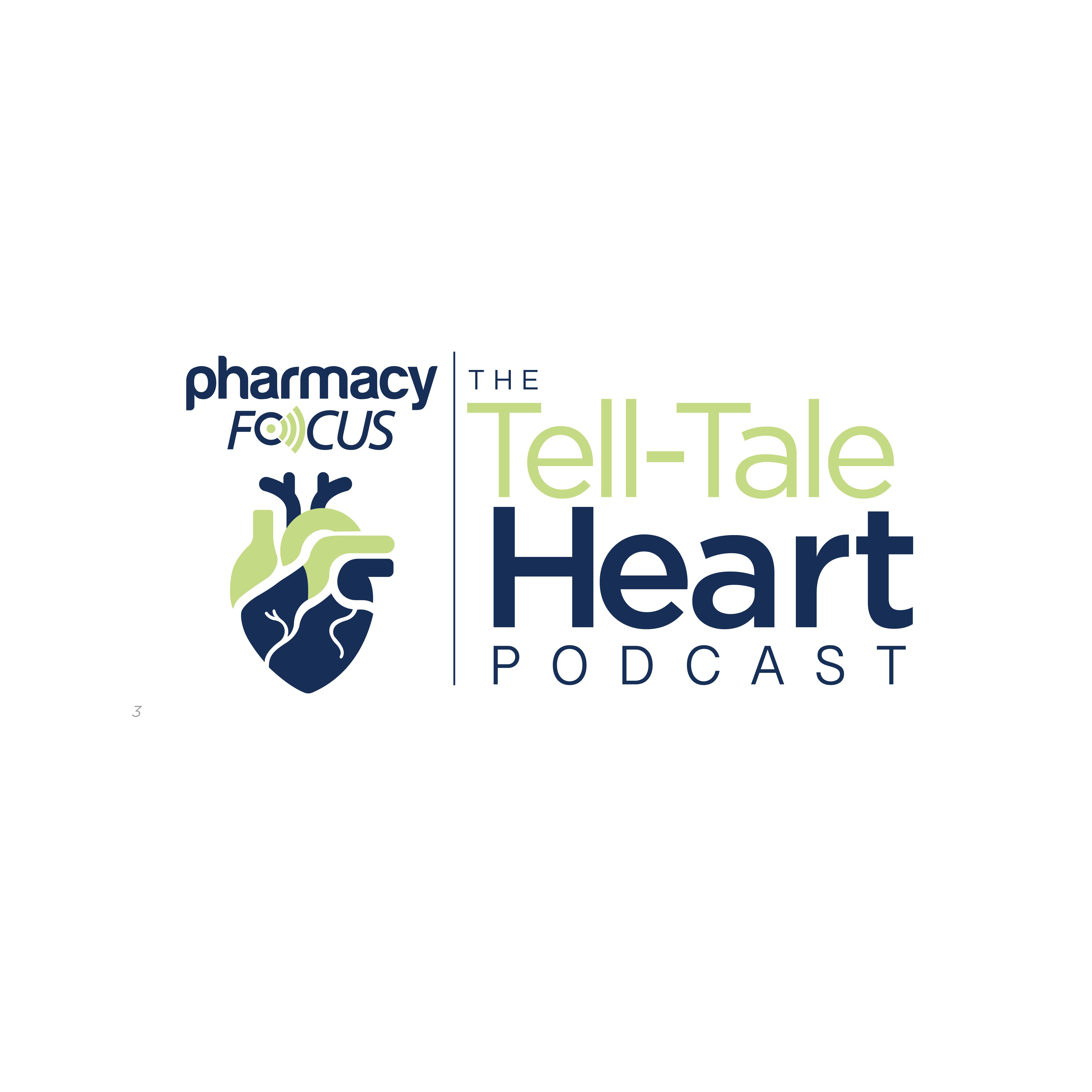Major depressive disorder (MDD), a heterogeneous mental disorder, is often accompanied with anxiety symptoms. The combination of MDD and anxiety symptoms are a common subtype of the disorder called anxious depression (AD); however, the pathophysiology of AD may be distinct in patients with depression but without anxiety (NAD) and is somewhat unknown. Authors of a study published in Journal of Psychiatric Research examined the differences in functional connectivity (FC) brain networks and transcriptional profiles among patients with AD, NAD, and in healthy controls (HCs). To explore the potential underlying mechanism, the correlations between FC networks and transcriptional profiles and functional annotations of transcriptional profiles were combined.
In this study, a total of 181 patients with MDD were enrolled. Patients were excluded if they had taken either antidepressants or antipsychotics for at least 3 months prior to recruitment. In addition, a total of 200 HCs in the same age group were included.
Patients’ anxiety symptoms were assessed to determine the degree of severity, with each item assigned a score ranging from 0 to 4. AD patients were defined as having a primary Statistical Manual of Mental Disorders, Fourth Edition (DSM-4) diagnosis of MDD with a Hamilton Anxiety Rating Scale (HAMA) score of greater than or equal to 14, whereas NAD patients were defined as having a primary DSM-4 diagnosis of MDD with a HAMA score below 14. Further, depressive symptoms were assessed using the Hamilton Depression Scale (HAMD), with scores ranging from 0 to 4 or 0 to 2 depending on the surveyed item.
All participants were scanned in a 3-T whole-body MRI. In addition, peripheral blood samples were collected from participants on the day of recruitment. Total RNA (1 μg) gathered from the samples were used for RNA sequencing. RNA samples were then fragmented and reverse transcription was performed to generate the first strand cDNA complementary to the fragmented RNA, and a second strand cDNA was synthesized using DNA polymerase I.
Further, statistical analyses were performed to compare differences in sex, age, and years of education between the AD, NAD, and HC groups. Differences in onset age, total disease duration, HAMA scores, and HAMD scores were tested using Student’s t-test.
The study initially identified 61,806 mRNA transcripts through alignment with the reference genome, but after filtering out low-expression transcripts, 11,955 mRNAs were used for analysis. The transcripts were then clustered into 10 co-expression modules, covering 10,840 mRNA transcripts, with an additional 1066 transcripts that couldn't be grouped designated into a gray module. The analysis had also revealed correlations between these modules and sample groups. Notably, the black module showed a positive correlation with NAD, while the green-yellow module had a negative correlation with NAD. Further, both the black and brown modules were negatively correlated with HCs.
Among the 181 enrolled patients with MDD, there were 115 patients in the AD group, and the remaining 66 were in the NAD group. In addition, there were no significant differences in age and sex among the 3 patient groups, and the onset age and total disease duration did not differ between the AD and NAD groups.
The findings demonstrated that a FC network that consists of 23 regions (nodes) and 28 connections (edges)—mainly located in temporal and occipital regions—was found to differ among the AD, NAD, and HC groups. According to the authors, the disrupted brain network was associated with immune dysregulation in patients with AD. In addition, most of the edges within the network were between temporal and occipital regions, with the most connected nodes including the bilateral middle temporal pole (TPOmid, 9 edges), cuneus (8 edges), parahippocampal gyrus (6 edges), and super occipital gyrus (SOG, 6 edges). The authors note that there weren’t any statistically significant differences between the distributions of FC over all edges between the HC and NAD groups.
Further, the results indicated that, compared with the NAD and HC groups, AD patients had demonstrated a brain functional network disruption including the middle temporal pole, cuneus, parahippocampal gyrus, and super occipital gyrus. According to the authors, this suggests that these disruptions may be associated with the pathophysiology of AD. In addition, the TPOmid and parahippocampal gyrus are located in the temporal lobe and are considered significant structures within the paralimbic system—which is related to emotion processing and regulation—as well as serving as a hub node that is connected to the temporal cortex, frontal cortex, hippocampus, and amygdala. Prior research indicated alterations in FC between amygdala and putamen, anterior cingulate cortex, and medial orbitofrontal cortex in patients in AD, which potentially reflect the significance of the paralimbic regions’ roles within the pathology of AD.
Key Takeaways
- Major Depressive Disorder (MDM), Anxiety, and Brain Connectivity: The study explored the differences in functional connectivity (FC) brain networks and transcriptional profiles among patients with MDD with anxiety (AD), without anxiety (NAD), and healthy controls. The research revealed distinct disruptions in the FC network of AD patients, particularly in regions associated with emotional processing circuits, suggesting a unique pathophysiology for AD.
- Immune Dysregulation and AD: The findings indicated a correlation between immune dysregulation, particularly in the brown module, and disrupted brain functional networks in AD patients. This suggests that immune-related factors may contribute to the impairment of brain function in individuals with AD. The study also highlighted immune-related functional connectivity in specific brain regions associated with emotional processing circuits in AD patients.
- Transcriptional Profiles and Immune-Related Genes: The analysis of peripheral blood samples identified immune-related pathways in the brown and greenyellow modules, suggesting the involvement of immune-related genes in MDD. The study supports previous research linking MDD with dysregulated immune responses, emphasizing the potential role of the immune system in the pathophysiology of depression. The limitations of the study include a small sample size and the need for further research with larger populations to enhance reliability and generalizability.
According to the analysis of transcriptional profiles in the peripheral blood samples, the brown and green-yellow modules were found to be functionally enriched in immune-related pathways and were related to MDD, suggesting that immune-related genes may okay important roles in MDD. Prior research demonstrated that MDD is correlated with dysregulated immune responses, containing abnormalities in inflammatory markers, immune cell numbers, and antibody titers. Further, another study found that peripheral immune and inflammatory factors, oxidative stress factors, growth factors, endocrine factors, and metabolic markers were all reported to be related to the pathophysiology of AD, which are consistent with the current study’s findings that confirms changes in the role of the immune system in the pathophysiology of MDD; however, patterns in gene expression in peripheral tissue—including blood—are a reflection of brain activity or a separate peripheral tissue process that is separate peripheral tissue process independent of the brain has yet to be determined.
In addition, the investigators identified an association between immune dysregulation—particularly in the brown module—that disrupted brain functional networks in AD patients, which suggests that immune-related factors may contribute to the impairment of brain function in patients with AD. Further, the investigators emphasized that immune-related FC in particular brain regions associated with emotional processing circuits, notably in AD patients. Alternatively, there was a significant relationship found between the black module and the brain network in NAD patients; however, the specific biological functions or pathways of the black module were not able to be identified.
Limitations of the study include the small sample size—particularly in the NAD group—which may influence the reliability of the results, the peripheral transcriptional profile was not validated, and the AD group had higher HAMD and HAMA scores than the NAD group. Further, the transcriptome of peripheral blood can replicate most of the genetic information of brain tissue; however, the transcriptome of peripheral blood can more accurately replicate the link with brain function.
The study results found that the immune-related biological processes in AD patients may be associated with a disruption in FC, and these findings may provide further insight into the pathophysiology of anxious depression as well as individualized treatments for depression. Further research should include larger population sizes to help with the reliability and generalizability of the results, according to the investigators.
Reference
Wei J, Wang M, Dou Y, et al. Dysconnectivity of the brain functional network and abnormally expressed peripheral transcriptional profiles in patients with anxious depression. J Psychiatr Res. 2024. doi:10.1016/j.jpsychires.2024.01.021







